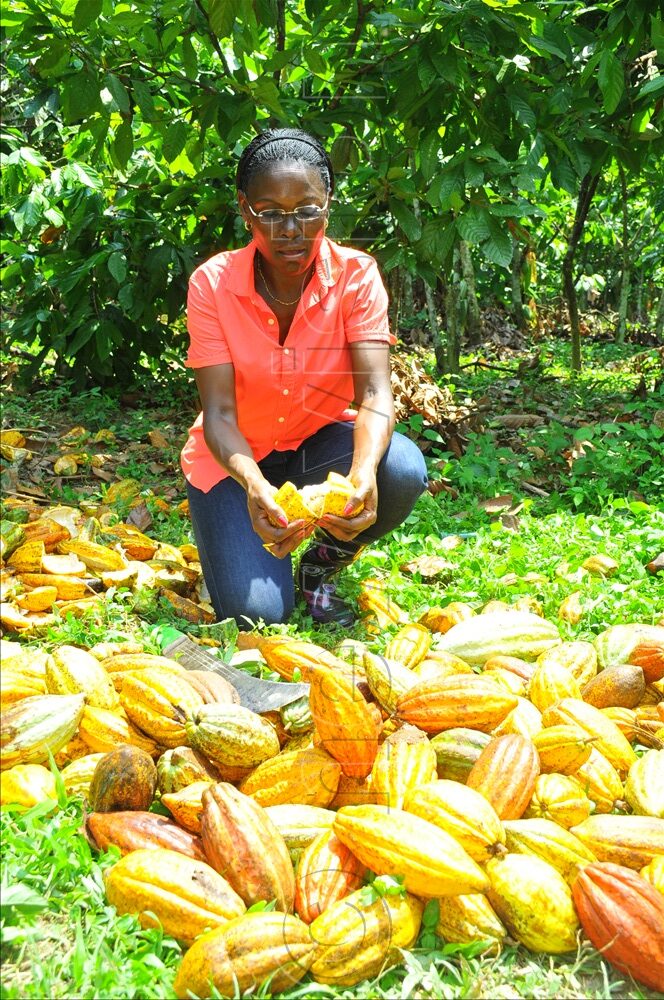By Umar Nsubuga
Cocoa is one of the oldest cash crops in Uganda. It is propagated by seeds and, when mature, reaches over eight feet high and bears yellowish-red pods from the base of the stem upwards.
Vicent Kakande, a cocoa grower in Buwama, Mpigi district says Amaranado, Upper Amazon and Prinitario are the common varieties grown in most parts of the country.
Amaranado originated from Brazil and has a blunt bottom; Amazon has a sharp bottom, while Prinitario has red pods.
A plant can last between 70 and 100 years. Kakande says cocoa farming requires one to have ample land. However, it can be intercropped before the trees are five feet tall.

Pamela Anyoti, one of the leading cocoa farmers in Buwama explains that cocoa is not friendly to open spaces and does well in trees, thus it is an agroforestry crop.
He says self-mulching is one of the advantages of cocoa growing.
“Its leaves drop and form a mulching coat and one may take around six months without weeding,” Anyoti explains.
From planting to harvest, cocoa can take three to four years to bear pods and eventually harvest.
Each tree, according to Anyoti, yields every month, enabling the farmer to harvest all year round.
“Cocoa is unique. One can harvest twice a month unlike coffee, which has only two harvests a year,” she says.
Cocoa pod husks
Cocoa pod husks are also useful. After removing the beans, they can be dried, crushed and mixed with other poultry feeds. Husks are also used as organic fertilisers.
Husks are useful for liquid soap making. They are incinerated to ash, then dissolved in water and boiled.
They are then filtered and you have liquid soap. The liquid that comes out of pulp makes cocoa juice, wine and jam mixed with sugar and vanilla in Nigeria.





